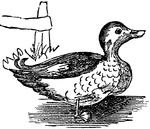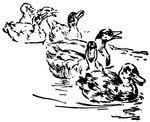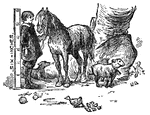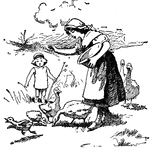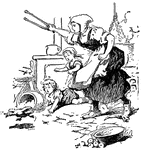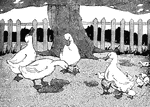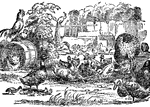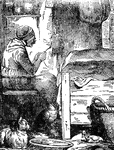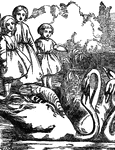Clipart tagged: ‘ducks’

Pin-tail Duck Head
"Dafila. Pin-tail Ducks. Tail (in adult male) narrow, cuneate, when fully developed nearly as long as…

Labrador Duck
"Camptolaemus labradorius. Labrador Duck. Pied Duck. Adult male: Bill black with orange at base and…
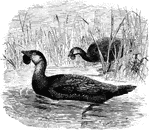
Two Musk Ducks Swimming between the Tall Grass in a Lake
Biziura lobata, (Musk Duck) of Tasmania and Australia -except the north-is brown with buff mottlings,…
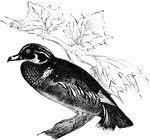
Wood Duck
"Aix sponsa. Wood Duck. Summer Duck. "The Bride." Adult Male: Bill pinkish-white, with lake-red base,…

Pin-tail Ducks
"Dafila acuta. Pin-tail Duck. Sprig-tail. Bill black, with grayish-blue edge of upper mandible; feet…

The Bill of an Eider
"Somateri mollissima. Somateri dresseri. Common Eider. Bill gibbous at base of upper mandible; outline…
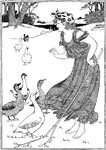
Girl and Geese
A girl outside with the geese. Story Problem: The girl is feeding 4 geese. 3 more geese join the group.…
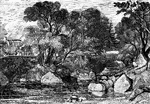
Ivy Bridge
Turner painted this picture displaying his incredible techniques with watercolors. It can now be found…

Loon
The loon is a diving bird that finds its food under the water. It will dip its bill into the water and…

Nature Will Out
"A fine old hen some ducks and chickens hatch'd, / And with a mother's care their safety watch'd; /…
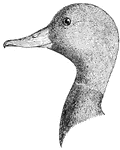
Large Redhead
"Fuligula ferina americana. Red-head. American Pochard. The feathers of the head somewhat full and puffy,…

Small Redhead
"Fuligula ferina americana. Red-head. American Pochard. The feathers of the head somewhat full and puffy,…
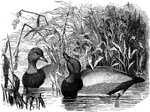
Redheads
"Fuligula ferina americana. Red-head. American Pochard. The feathers of the head somewhat full and puffy,…
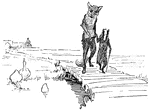
Reynard the Fox: Walking with Grimbard
Reynard the Fox and his nephew, Grimbard the badger, walk to court together. Reynard is tempted by the…
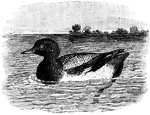
Scaup, a Common Duck
"A duck, Fuligula or Fulix marila and related species. The common scaup inhabits Europe, Asia, and North…

Black Scoter
"Oidemia americana. American Black Scoter. Sea Coot. Adult male: Plumage entirely black, less glossy…

A Black Scoter Swimming
Melanitta americana or Œdemia nigra A large sea-duck of the genus CEdemia, belonging to the subfamily…
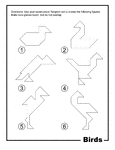
Birds Outline Tangram Card
Outlines of birds (duck, swan, turkey vulture, cormorant, and egret) made from tangram pieces. Tangrams,…
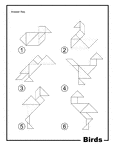
Birds Outline Solution Tangram Card
Solutions for outlines of birds (duck, swan, turkey vulture, cormorant, and egret) made from tangram…

Birds Silhouette Tangram Card
Silhouette outlines of birds (duck, swan, turkey vulture, cormorant, and egret) made from tangram pieces.…
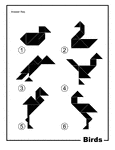
Birds Silhouette Solution Tangram Card
Solutions for silhouette outlines of birds (duck, swan, turkey vulture, cormorant, and egret) made from…
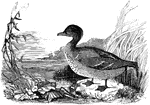
American Green-winged Teal
"Querquedula (N.) carolinensis. American Green-winged Teal. Bill black; feet bluish-gray: iris brown.…
